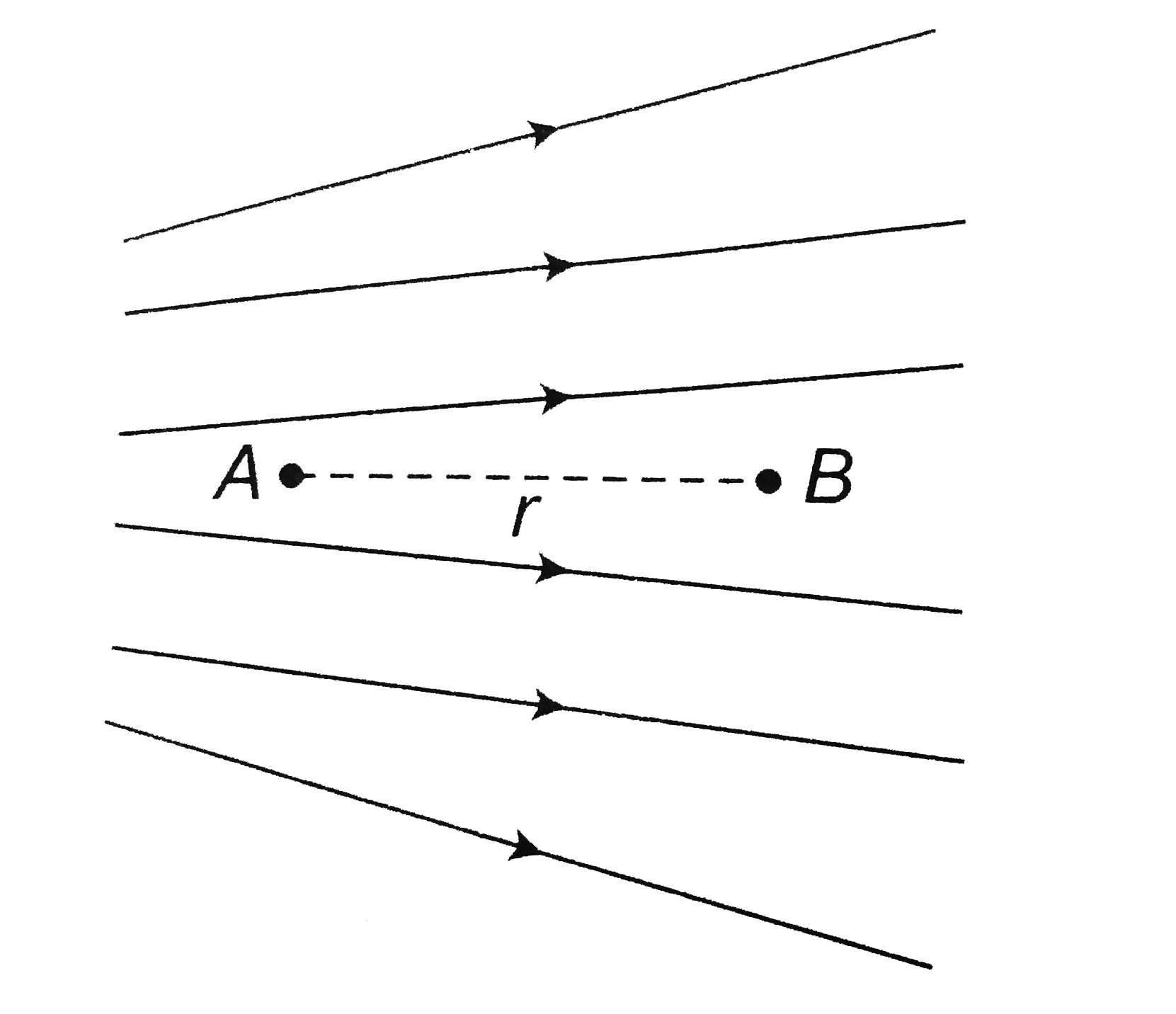If mA gram of a metal A displaces mB gram of another metal B from its salt solution and if the equilvalent mass are EAandEB respectively then equivalent mass of A can be expressed as:
EA=mAmB×EB
EA=mA×mBEB
EA=mBEA×EB
EA=√mAmB×EB
The correct Answer is:A
To express the equivalent mass of metal A in terms of the equivalent mass of metal B, we can follow these steps:
1. Understanding the Reaction:
Metal A displaces metal B from its salt solution. This means that metal A replaces metal B in a compound, typically represented as BSO4 (sulfate of B), forming ASO4 (sulfate of A).
2. Defining Moles:
Let mA be the mass of metal A and mB be the mass of metal B. The number of moles of metal A can be expressed as:
nA=mAMA
where MA is the molar mass of metal A.
Similarly, the number of moles of metal B is:
nB=mBMB
where MB is the molar mass of metal B.
3. Equating Moles:
Since one mole of A displaces one mole of B, we can set the number of moles equal to each other:
nA=nB
Therefore,
mAMA=mBMB
4. Finding Equivalent Mass:
The equivalent mass of a metal is defined as:
EA=MAnAandEB=MBnB
In this case, if we assume the n-factor (valency) for both metals is 2 (as they are both in +2 oxidation state), we can express the equivalent masses as:
EA=MA2andEB=MB2
5. Relating Equivalent Masses:
From the earlier equation mAMA=mBMB, we can rearrange it to find MA:
MA=mA⋅MBmB
Substituting this into the expression for EA:
EA=MA2=12⋅mA⋅MBmB
6. Final Expression:
Now, substituting MA into the equivalent mass equation gives:
EA=EB⋅mAmB
Therefore, the equivalent mass of A can be expressed in terms of the equivalent mass of B as:
EA=EB⋅mAmB
Metal A displaces metal B from its salt solution. This means that metal A replaces metal B in a compound, typically represented as BSO4 (sulfate of B), forming ASO4 (sulfate of A).
Let mA be the mass of metal A and mB be the mass of metal B. The number of moles of metal A can be expressed as:
nA=mAMA
where MA is the molar mass of metal A.
nB=mBMB
where MB is the molar mass of metal B.
Since one mole of A displaces one mole of B, we can set the number of moles equal to each other:
nA=nB
Therefore,
mAMA=mBMB
The equivalent mass of a metal is defined as:
EA=MAnAandEB=MBnB
In this case, if we assume the n-factor (valency) for both metals is 2 (as they are both in +2 oxidation state), we can express the equivalent masses as:
EA=MA2andEB=MB2
From the earlier equation mAMA=mBMB, we can rearrange it to find MA:
MA=mA⋅MBmB
Substituting this into the expression for EA:
EA=MA2=12⋅mA⋅MBmB
Now, substituting MA into the equivalent mass equation gives:
EA=EB⋅mAmB
Therefore, the equivalent mass of A can be expressed in terms of the equivalent mass of B as:
EA=EB⋅mAmB
Topper's Solved these Questions
- STOICHIOMETRYBOOK - NARENDRA AWASTHI ENGLISHCHAPTER - STOICHIOMETRYEXERCISE - Match the Colum-II
6 Videos
- STOICHIOMETRYBOOK - NARENDRA AWASTHI ENGLISHCHAPTER - STOICHIOMETRYEXERCISE - Subjective Problems
20 Videos
- SOLID STATEBOOK - NARENDRA AWASTHI ENGLISHCHAPTER - SOLID STATEEXERCISE - Subjective Problems
13 Videos
- THERMODYNAMICSBOOK - NARENDRA AWASTHI ENGLISHCHAPTER - THERMODYNAMICSEXERCISE - Level 3
89 Videos
Similar Questions
If MA gram of metal A displaces mB gram of another metal B from its salt solution and if the equivalent mass are EAandEB respectively then equivalent mass of A can be expressed as :
View SolutionH2 can displace the metal from its aqueous solution.
View SolutionCan a less electropositive metal displace more electropositive metal from its salt solution ?
View SolutionFigure shows the electric lines of force emerging from a charged body. If the electric field atA and B are EA and EB respectively and if the displacement between A and B is r then

View SolutionFigure shows the electric lines of force emerging from a charged body. If the electric field atA and B are EA and EB respectively and if the displacement between A and B is r then

View Solution2 gm of a metal when dissolved in HNO3 , gets converted into nitrate salt. The nitrate was then precipitated to form 2.66 gm of metal chloride. Equivalent mass of metal can be :
View SolutionEqual mass of a soute are dissolved in equal mass of two solvents A and B and formed very dilute solution. The relative lowering of vapour pressure for the solution B has twice the relative lowering of vapour pressure for the solution A. If mAandMB are the molecules mass of solventds A and B respectively, then :
View SolutionWhich one of the following four metals would be displaced from the solution of its salts by other three metals?
View SolutionEqual net forces act on two different block (A) and (B) masses (m) and 4(m) respectively For same displacement, identify the correct statement.
View Solution56 g of an element M combines with 16 g of oxygen to form its oxide of type MO. Find out
(a) Equivalent mass of element
(b) Equivalent mass of oxide
(Assume law of conservation of mass to be valid).
View Solution
